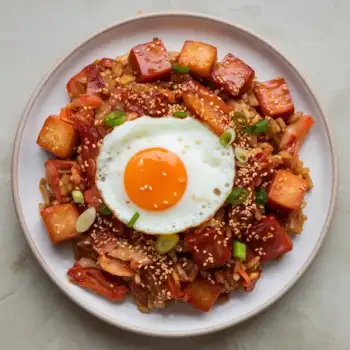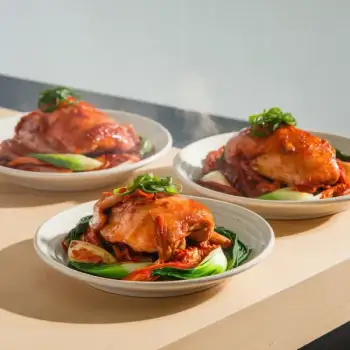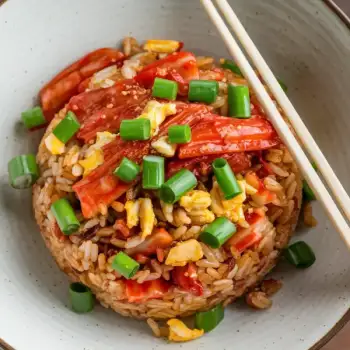


Whole Kimchi
Traditional Kimchi is often found in its whole form, typically as whole napa cabbage leaves or chunks that have been fermented with a mix of seasonings, including chili pepper, garlic, ginger, and fish sauce.
Canned Kimchi
Similar to jarred, but less common, canned Kimchi offers convenience and a long shelf life but may have a slightly different taste due to the canning process.
Jarred Kimchi
The most common form found in markets, jarred Kimchi is fermented and stored in its own juices, providing a long shelf life and ease of use.
Pureed Kimchi
A less common form, pureed Kimchi can be used as a bold, spicy base for sauces, dips, or marinades.
Sliced Kimchi
This form of Kimchi is pre-cut into bite-sized pieces, making it convenient for serving as a side dish or for use in recipes.




whole Kimchi: Chongga Mat Kimchi
jarred Kimchi: Mother-in-Law's Kimchi (MILKimchi)
sliced Kimchi: Jongga Sliced Kimchi

Baking: Incorporating kimchi into baked goods, such as kimchi pancakes or kimchi-stuffed bread, can add a unique and spicy twist to traditional recipes. The fermentation of the kimchi can also interact with the baking process, contributing to the texture and rise of the dough.
Stewing: Kimchi jjigae is a popular stew that features kimchi as a main ingredient. The stewing process allows the flavors of the kimchi to meld with other ingredients, such as tofu, pork, and onions, creating a rich, complex broth.
Stir-Frying: Kimchi can be quickly stir-fried with other ingredients such as pork belly, tofu, or vegetables. The high heat caramelizes the kimchi's sugars, adding depth to its flavor.













